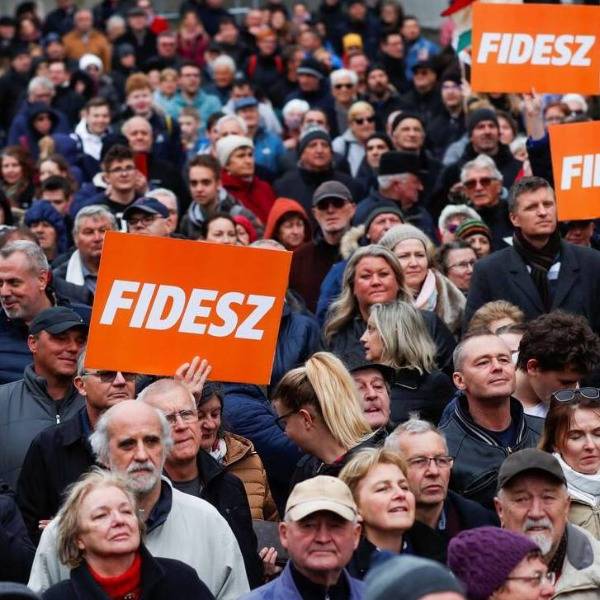 Bal Thackeray (right) died on 17 November. The former cartoonist formed a political party in 1966 called the Shiv Sena, or the Army of Shivaji, named for a 17th-century Hindu warrior-king from the western Indian state of Maharashtra. Thackeray was known for terrorising groups of people that he did not consider the true sons of soil of his state. His followers attacked restaurants owned by southern Indians, destroyed taxis run by drivers from north India, bullied Sikhs by threatening to boycott their businesses unless they told Sikh extremists in northern India to stop their terrorist acts, weakened trade unions that made life uncomfortable for the city’s industrialists, and, since the mid-1980s, increasingly humiliated and attacked Muslims.
Bal Thackeray (right) died on 17 November. The former cartoonist formed a political party in 1966 called the Shiv Sena, or the Army of Shivaji, named for a 17th-century Hindu warrior-king from the western Indian state of Maharashtra. Thackeray was known for terrorising groups of people that he did not consider the true sons of soil of his state. His followers attacked restaurants owned by southern Indians, destroyed taxis run by drivers from north India, bullied Sikhs by threatening to boycott their businesses unless they told Sikh extremists in northern India to stop their terrorist acts, weakened trade unions that made life uncomfortable for the city’s industrialists, and, since the mid-1980s, increasingly humiliated and attacked Muslims.
Bollywood actors could not go to Pakistan; Pakistani performers could not sing in Bombay; and his party activists dug up a cricket pitch to prevent Pakistan from playing a test match in Bombay. His party was blamed by an official inquiry for rioting and violence in 1992-93, but this being India, where few rioters have ever been brought to justice, nothing happened. The violence of the Shiv Sena was real; party activists ransacked offices, burned buses and brought India’s biggest city to a standstill whenever Thackeray commanded.
One of his last successes was to have driven India’s foremost painter, MF Husain, into exile, by threatening him with violence because he had drawn a few Hindu goddesses in the nude. The party split in recent years – his son Uddhav controls the Shiv Sena, while his nephew Raj controls the street-smart Maharashtra Navnirman Sena, and each wants to outdo the other.
Many hope, but nobody is certain, that with Thackeray gone Bombay will return to its more relaxed ways. Indeed, the day after his death, shopkeepers and businesses voluntarily decided to observe a day of mourning and did not trade, even though the Shiv Sena had not officially called for a strike. The more than a million people who turned up for his funeral procession and the shutdown of the city that never sleeps were less a testament to the people’s love for Thackeray and more a demonstration of the fear he inspired, even after death.
A young woman who responded with frustration to the city’s closure on Facebook, and one of her friends who “liked” the comment, were both arrested following a complaint from a Shiv Sena activist. That such an arrest could take place shows the hold Thackery still has over the city’s administration and bureaucracy. The shamefaced state government is now investigating the overzealous police officers who made the arrests, but we should expect no one to be disciplined and little to change.
While Bombay remains India’s most cosmopolitan city, the atmosphere in India is considerably vitiated by the notion of “competitive intolerance”. Hindu nationalists argue that if Muslims can get Salman Rushdie’s visit to India cancelled, and Christians can sue a rationalist on blasphemy charges, which forces him to flee the country (see page 16), why should Hindus tolerate artists, writers, or anyone else for that matter, criticising Hindu deities, or causes that Hindu nationalist politicians espouse? And the state, instead of protecting the artist or the writer, defends the one who claims offence, narrowing India’s national discourse. Thackeray’s death won’t change the downward spiral towards abyss.

